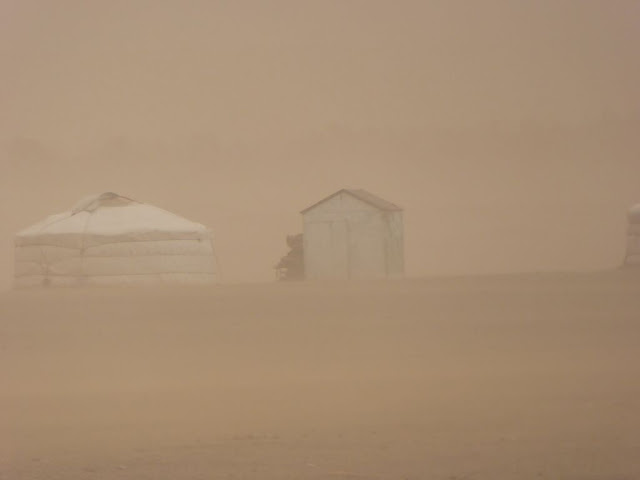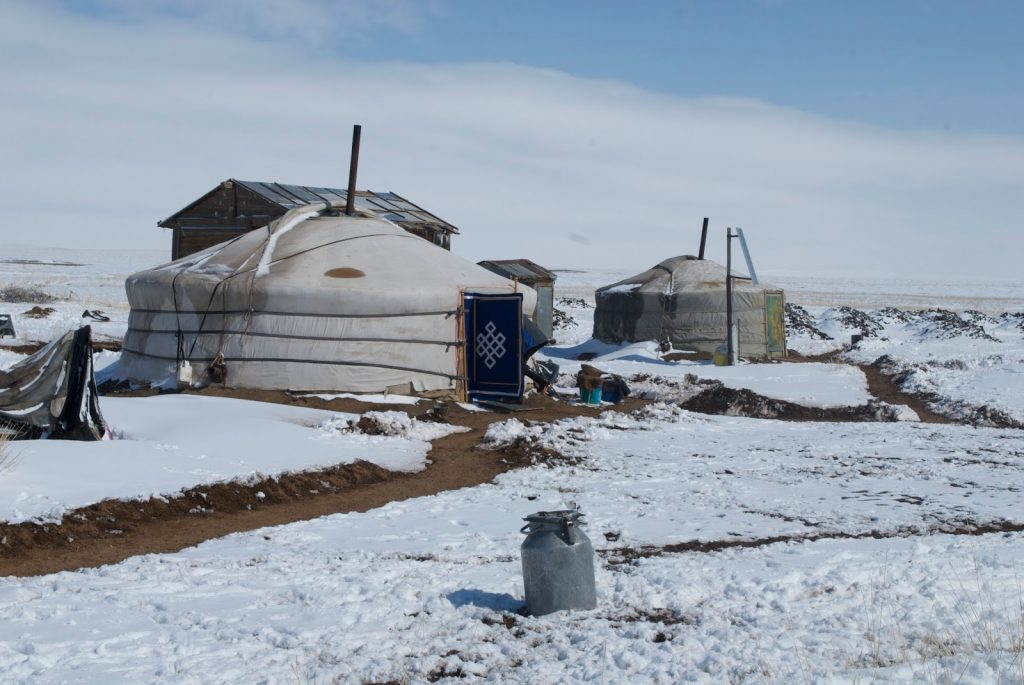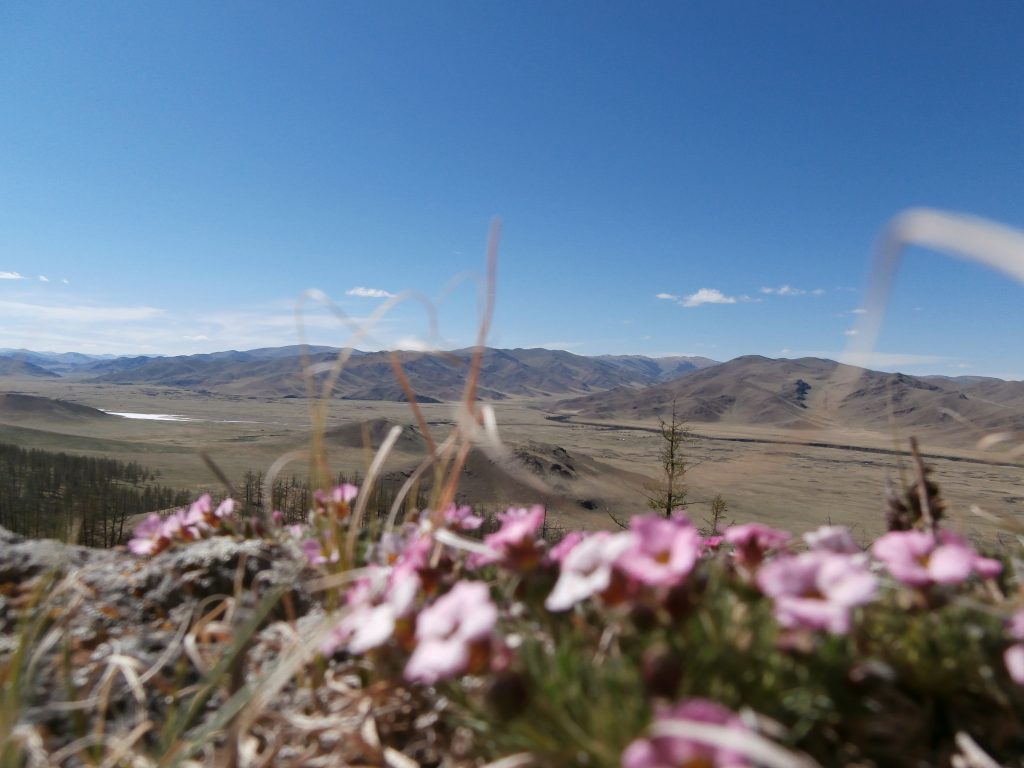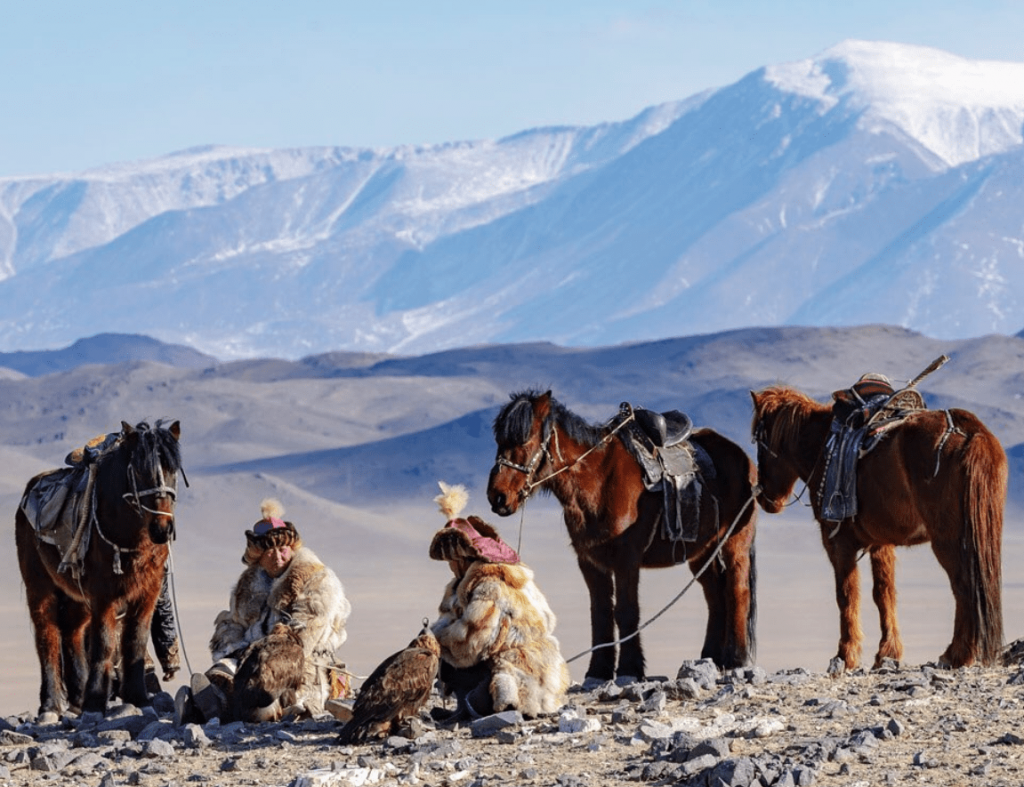Experience Spring In Mongolia
Spring in Mongolia may not be the most commonly promoted time of year by tour companies, but it holds immense significance for Mongolia’s herders and offers a fascinating experience for visitors. While the weather can be unpredictable— of the four distinct seasons in Mongolia, spring is notorious and Mongolians say, ‘like a spring sky’ (хаврын тэнгэр шиг), in reference to changeable, moody behaviour – with dry, arid windy conditions often interrupted by sudden changes including snowfall or rain, it’s also a time of renewal and transformation in the Mongolian landscape.
Don’t let the ever-changing weather deter you. Simply pack a windproof and waterproof jacket, thermals, and sunglasses, and embrace the adventure. Spring in Mongolia offers a genuine and immersive experience, allowing you to witness the country’s raw beauty and cultural authenticity firsthand.



Why visit Mongolia in the spring?
During this time, almost 4.3 million livestock were born in under one month in 2018 alone. These months are among the busiest and most captivating times of the year to experience Mongolia, offering a unique insight into the industriousness and resilience of its herding communities.

Cashmere Combing Mongolia
One of the mainstays of the Mongolian economy is animal husbandry, and one offshoot of this is cashmere production with Mongolian-produced cashmere being considered world-class as it is typically not mixed with lower standard wool. Gathering cashmere is a precise and labour-intensive process, conducted by herders who hand comb each individual goat as the weather warms in early spring. During this time, goats naturally shed their softer undercoat, but hand-combing ensures that the protective guard hairs remain intact, providing essential protection against the elements such as wind and rain.
Remarkably, even in Mongolia’s harsh environment, goats produce some of the longest and finest cashmere fibers. On average, each Mongolian goat yields 250 to 300 grams of cashmere annually. However, after processing to remove dirt and coarser fibers, only around 50% of the original weight is retained as cashmere.
While the work is arduous, it provides herding families with much-needed income after the long winter. Often, cashmere collection is a community effort, with ger encampments supporting one another through this labor-intensive process.
Mongolia boasts several esteemed cashmere brands. Among the oldest is Gobi, renowned for its commitment to traceability and sustainability. In partnership with organisations like the National Federation of Pasture User Groups of Herders, Step Ecolab, and The Sustainable Fiber Alliance, Gobi ensures transparency and ethical practices throughout its supply chain.
By exclusively using locally sourced 100% raw Mongolian cashmere, Gobi minimises waste associated with supply chain issues. Furthermore, all production processes, from raw cashmere processing to yarn creation to final production, take place in their Ulaanbaatar factory, guaranteeing quality control and supporting local craftsmanship.
Learn more about buying cashmere in Mongolia in our blog post buying cashmere in Mongolia.
Castration Of Livestock In Mongolia
Herders in Mongolia practice castration of young male livestock in spring to manage breeding within their herds, ensuring only high-quality animals are used for breeding purposes.
Referred to as ‘khungulakh’ in Mongolian, this practice is carried out with specific traditions to minimize animal suffering. Using a small scalpel, herders locate the testes, make a small incision, and carefully remove each testicle. The testicles are then boiled and consumed as part of a soup or broth, as there is a belief that quick consumption aids in the animals’ swift recovery.
Spring Migration in Mongolia
Each herding family in Mongolia has its own unique migration patterns, with some covering long distances while others move shorter distances. Spring typically marks the migration from depleted winter pastures, although the timing and distance vary among families. Moreover, herding families do not migrate on the same day each year.
Herders in Mongolia follow the lunar calendar for their daily activities, choosing auspicious days based on the combination of elements—earth, air, fire, and water. This lunar calendar guides decisions such as when to move their herds, set up their ger (traditional dwelling), comb cashmere, or perform castration on male animals. By aligning their activities with auspicious days, herders seek to maximise success and prosperity in their livelihoods. Learn more about how Mongolia’s herders migrate here.

Here’s an example: the young Batsuuri family, whom we work with through our long-term local community partnerships. They reside in the Bayandalai district of the Gobi Gurvan Saikhan National Park. During the winter, their shelter is nestled in the protected foothills of the mountains. Come summer, they migrate to the more expansive plains, where rainfall transforms vast gravel plains into lush pastures for their livestock.
Their migration, usually in April or May, covers only a few kilometers—a pattern typical of the Gobi region. Despite the short distance, it’s a significant transition that underscores the unique lifestyle and adaptability of herding families in Mongolia.

Nauryz in western Mongolia
The Mongol Kazakh eagle hunters of western Mongolia follow a deeply rooted tradition when it comes to their partnership with their eagles. By mid-February, they stop hunting – as prey animals begin to carry their young, allowing the wildlife to regenerate
But just because the hunting season has ended doesn’t mean the eagles are idle. Spring – specifically March – is a fantastic time to visit western Mongolia. The eagles are still active, stretching their wings and remaining close to their human partners. It’s a rare opportunity to witness the bond between hunter and bird without the focus on hunting.
Spring also brings a vibrant shift in the Mongol Kazakh community. It’s the season of Nauryz – one of the oldest celebrations of spring, marking renewal and new beginnings. This ancient festival is celebrated throughout Central Asia, and in western Mongolia, it becomes a powerful expression of family and community unity. You might even encounter small, local eagle festivals, where the hunters showcase their eagles, celebrate their skills, and share their heritage. At the same time, they are busy caring for their livestock, as the birth of young animals marks a crucial time for herders.

Visiting western Mongolia in March offers a unique glimpse into the lives of the Mongol Kazakh eagle hunters beyond the hunting season. It’s a chance to experience the community spirit, learn about centuries-old traditions, and witness the remarkable bond between humans and eagles as they transition from hunting partners to companions in daily life.
How to join us and experience spring in Mongolia
If you choose to travel in the spring, you’ll gain authentic insights into Mongolia’s culture and landscapes. Our carefully curated experiences range from the Nauryz celebration mentioned above to mountain biking trips and homestays – all developed in collaboration with the local communities we proudly partner with.
These journeys aren’t about checking off ‘must-see sights’ or chasing highlights; they’re about immersing yourself in rural communities and experiencing the warmth and generosity of the people who call these landscapes home.
If you’re curious about exploring Mongolia during this captivating season, don’t hesitate to reach out – we’d love to help plan your adventure.
Jess @ Eternal Landscapes.







